
Douro Valley, UNESCO-listed Landscapes
Explore the Douro Valley, terraced vineyards, charming villages, and scenic river cruises in this UNESCO-listed region of Portugal.
In northern Portugal, between rolling hills, terraced vineyards, and picturesque villages, stretches the famous and majestic Douro Valley! Listed as a UNESCO World Heritage Site since 2001, this region is far more than a postcard-perfect setting: it is a true sensory journey, combining history, gastronomy, culture, and landscapes of exceptional beauty…
But what does it mean to be listed by UNESCO ? This designation recognises a site’s universal value, its beauty, cultural significance, and its heritage worth preserving for future generations. In the case of the Douro Valley, it was the terraced vineyards, the Douro River, and the rural and architectural heritage that captured UNESCO’s attention (and once you see it, it’s easy to understand why !).
Exploring the Douro Valley
The Douro Valley stretches over 250 km, from the town of Peso da Régua (on the riverbank) to the Spanish border. It offers a variety of landscapes and unique experiences !
Peso da Régua : the gateway to the valley, this charming town is perfect for learning about the history of Port wine. Don’t miss the Douro Museum, which tells the story of viticulture and the region.
Pinhão : a true gem of the valley, with a train station adorned with beautiful azulejos depicting vineyard work and the surrounding landscapes. It is also the starting point for many Douro River cruises.
Régua to Barca d’Alva : further along the valley, lesser-known villages offer an authentic and preserved panorama… the terraced vineyards carved into the hillsides appear suspended above the river (a breathtaking sight if you’re in the area).
Activities and Experiences Not to Miss
Douro River Cruises
Absolutely a must ! Take a boat ride along the river to admire the terraced vineyards from a unique perspective. Cruises range from a few hours to several days for longer itineraries.
Wine Tasting
You cannot visit the Douro Valley without stopping at a quinta (local wine estate) ! Taste the famous Port wines or regional reds while discovering traditional winemaking methods. Notable estates include Quinta do Bomfim, Quinta do Seixo, and Quinta Nova de Nossa Senhora do Carmo.
Hiking and Viewpoints
The valley’s hills offer incredible trails for hiking enthusiasts! The São Leonardo de Galafura viewpoint provides exceptional panoramic views of the river and vineyards (get your camera ready !).
You also must visit picturesque villages like Favaios known for its traditional bread and wines ; Lamego which is a home to the Sanctuary of Nossa Senhora dos Remédios (a stunning Baroque staircase and rich historical charm) ; Mesão Frio a quiet village with old houses and a medieval bridge.
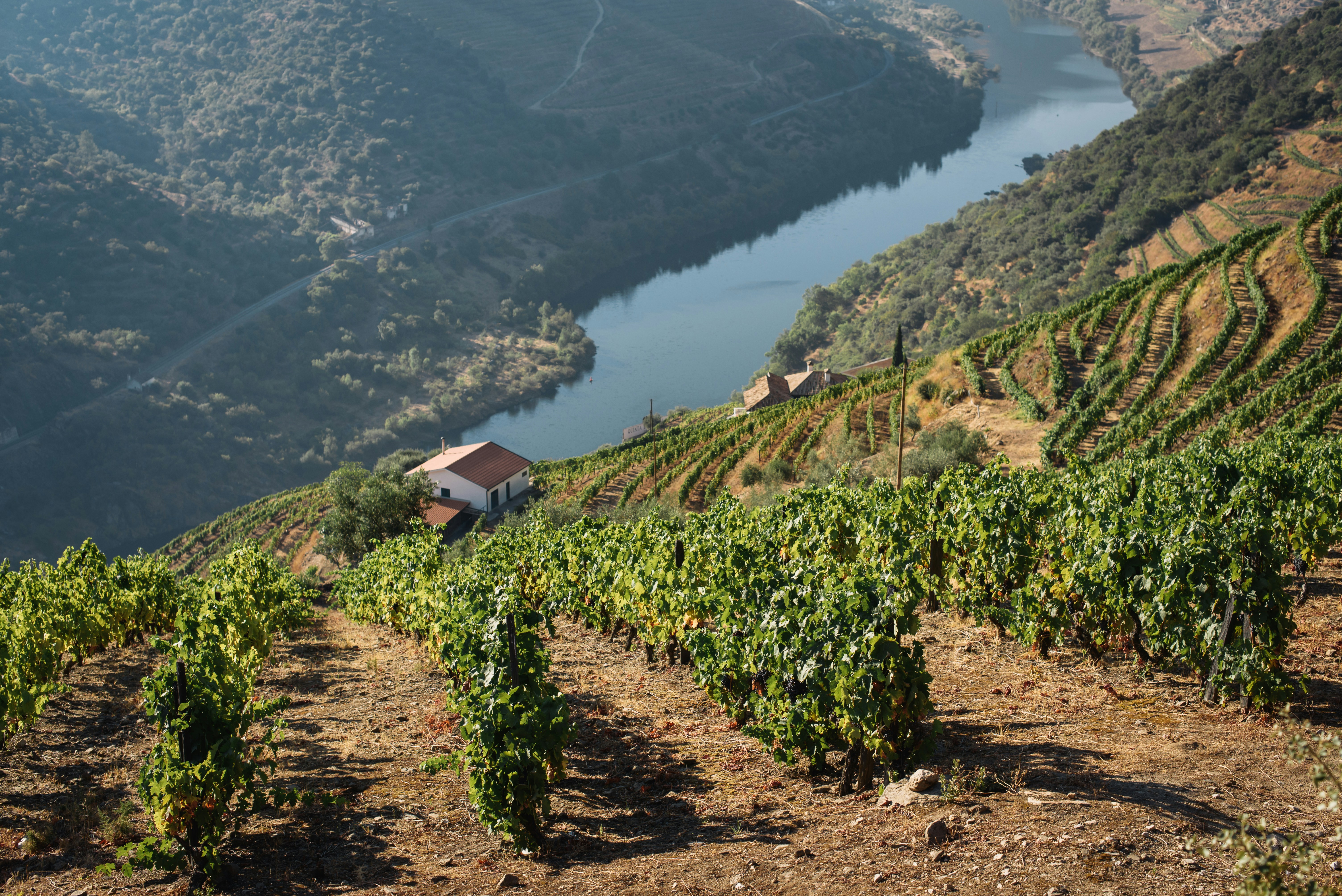
©Maksym-kaharlytskyi-unsplash
Practical Tips for Enjoying the Valley
When to Visit ? Spring and autumn offer the most spectacular colours and pleasant temperatures. Autumn, during the grape harvest, is particularly magical !
Transport : renting a car is ideal for exploring the valley at your own pace; alternatively, the train between Régua and Pinhão is highly scenic.
Accommodation : most quintas offer stays with wine tastings and traditional meals… perfect for a full immersion experience !
Recommended Duration : around 2 to 4 days to explore the main highlights and enjoy the gastronomy and landscapes.
The Douro Valley is a unique blend of Portugal’s natural and cultural heritage. Between terraced vineyards, charming villages, Douro River cruises, and wine tastings, every moment invites contemplation and discovery! Listed by UNESCO since 2001, this valley is a testament to the harmony between man and nature and remains one of Portugal’s best-preserved treasures.
Share this article
Suggested articles
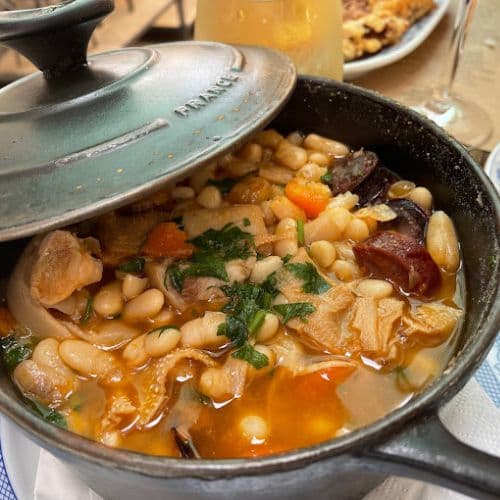
Gastronomy of Northern Portugal, Between Tripe, Stews and Tradition
Northern Portugal is a region where gastronomy tells the story of a people proud of their roots and traditions. From slow-cooked tripe to hearty stews (it might sound unusual, but it’s absolutely delicious !), each dish invites you to explore a rich and warm culture. Prepare for a culinary journey through Minho, Douro and Trás-os-Montes !

Hiking in Peneda-Gerês National Park
Nestled between the mountains of the Serra da Peneda and Serra do Gerês lies Peneda-Gerês National Park, the only national park in northern Portugal! Recognised as a UNESCO Biosphere Reserve, it represents a model of nature conservation combined with sustainable development.
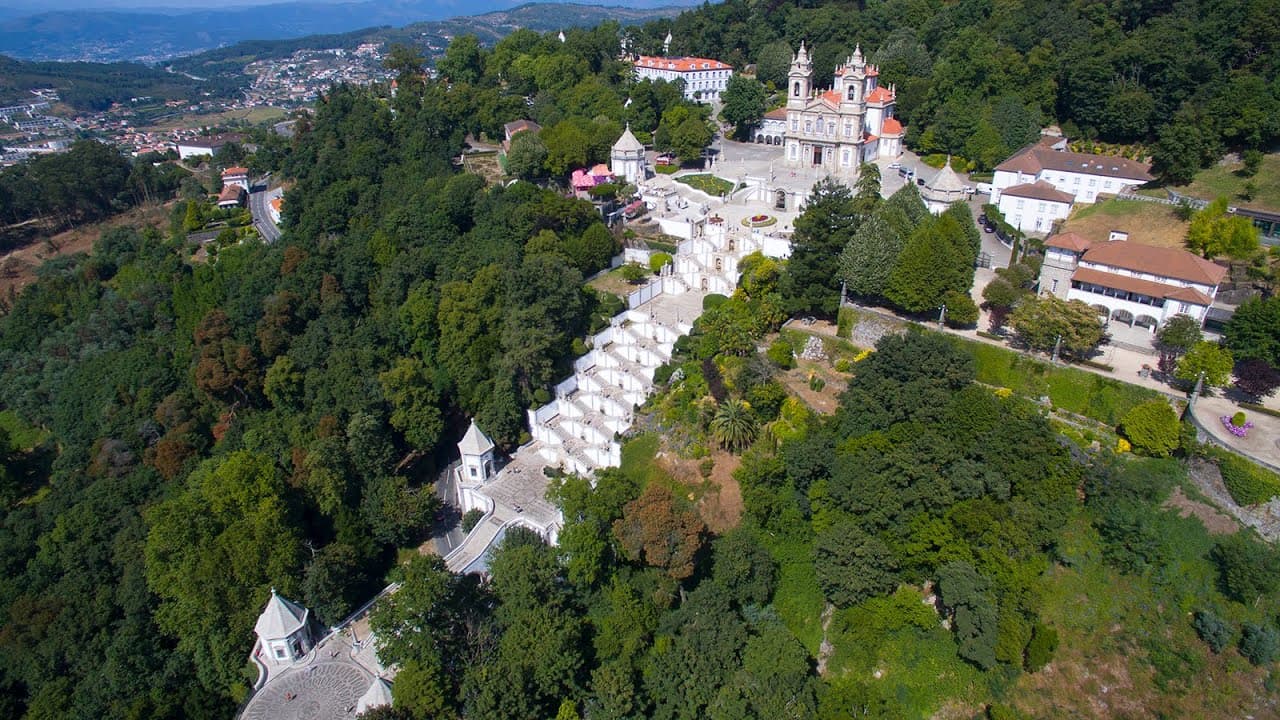
Sanctuary of Bom Jesus do Monte
Perched high above Braga, in the parish of Tenões, the Sanctuary of Bom Jesus do Monte is a place where devotion, spectacular architecture, and breathtaking views come together! This iconic site of northern Portugal has been recognised as a UNESCO World Heritage site since 2019. We’ll guide you through all the practical details, local anecdotes, and insider tips to make the most of your visit.
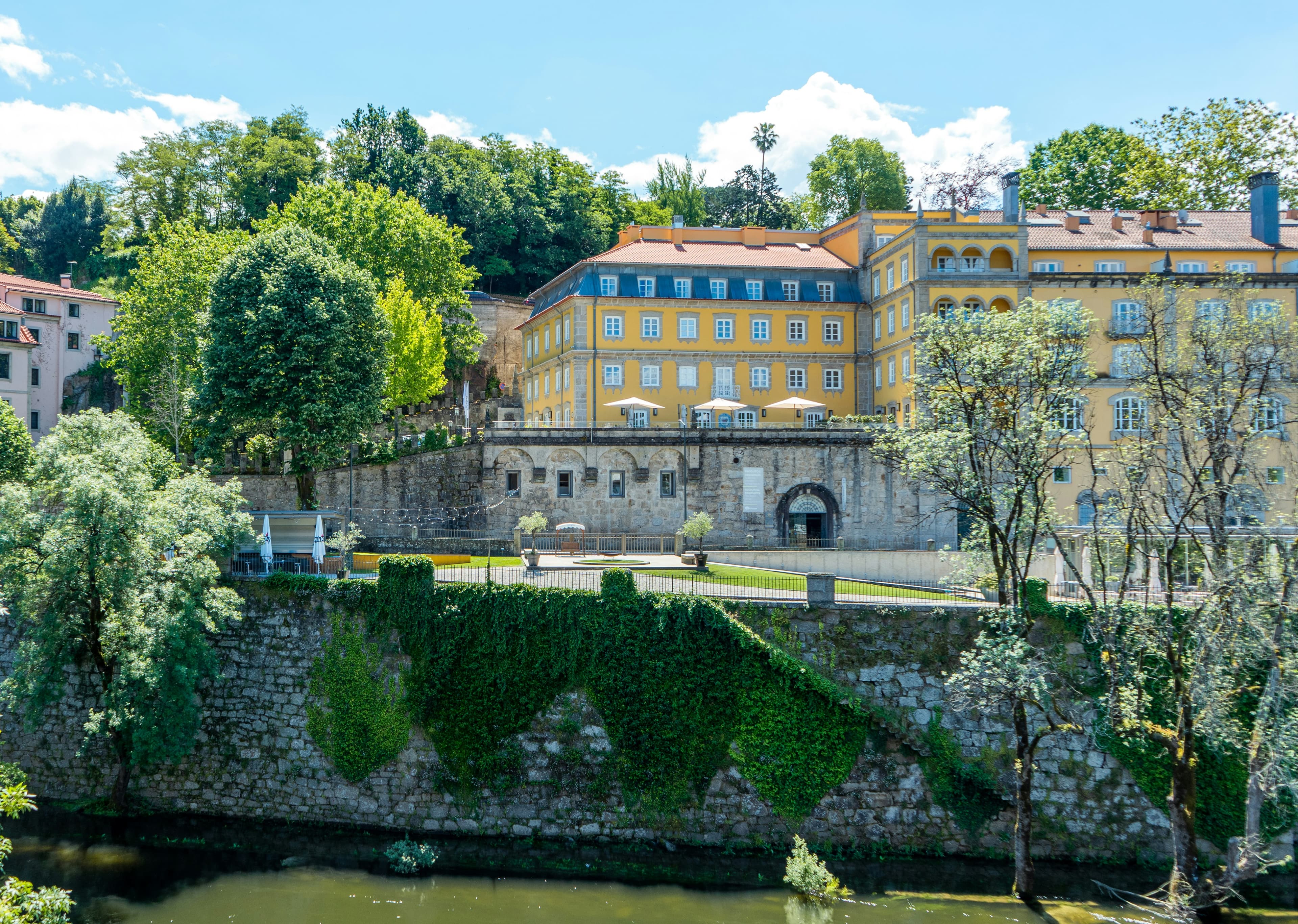
Amarante, the discreet charm of Northern Portugal
Amarante is a picturesque town nestled in the heart of the Minho region, between the lush hills of the Serra do Marão and the peaceful banks of the Tâmega River. It captivates visitors with its authenticity, rich history, and relaxed way of life. Just 56 km from Porto, it offers an ideal escape for those seeking to step off the beaten path while staying close to major cities.
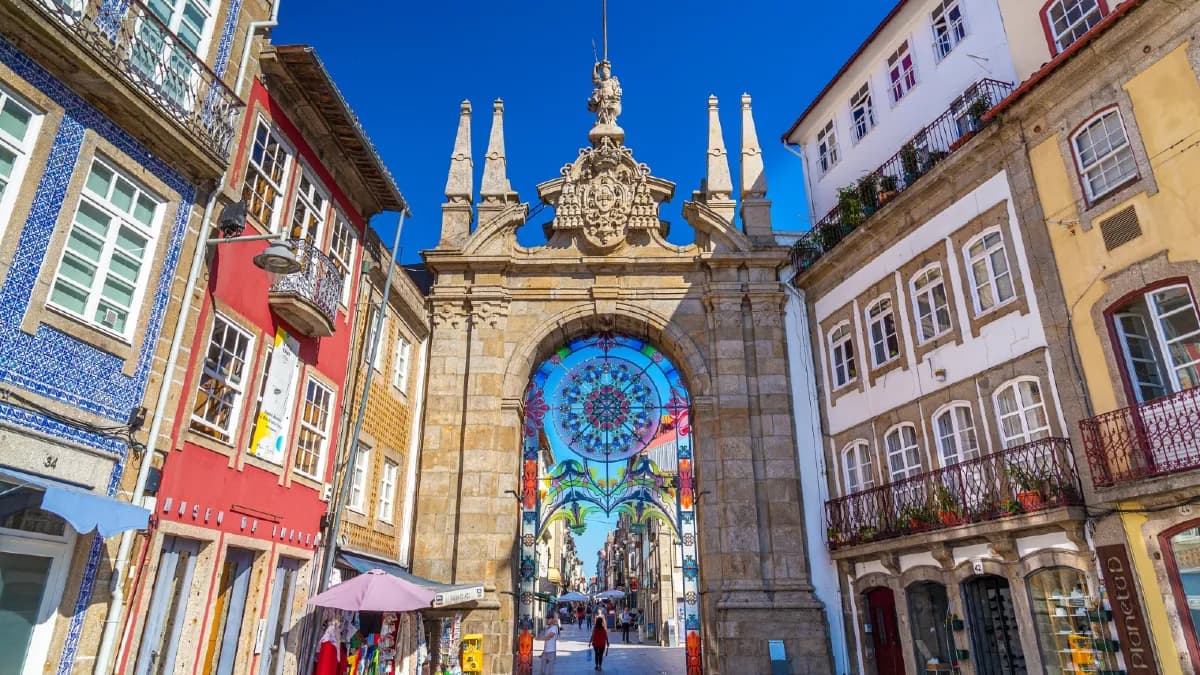
Braga, City of Archbishops
In the heart of the Minho region, nestled between green hills and cobbled streets, lies Braga, a city where history and modernity meet harmoniously. Indeed, nicknamed the “Rome of Portugal”, Braga is the seat of the Portuguese Catholic Church and one of the oldest cities in the country! It is also a European Capital of Culture, a title highlighting its exceptional cultural dynamism.
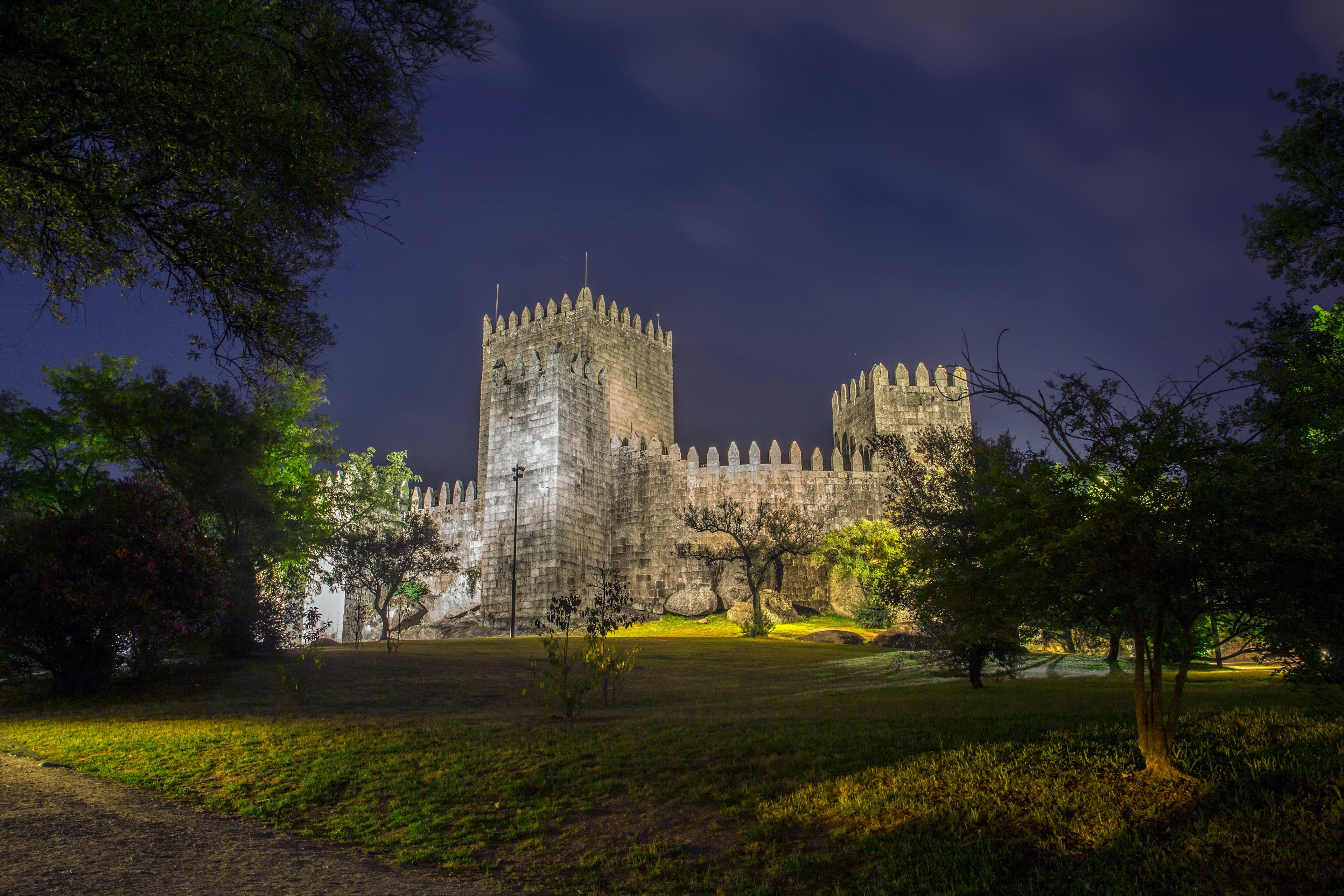
Guimarães, Cradle of Portugal
In northern Portugal, nestled among green hills and picturesque valleys, lies a city steeped in history: Guimarães. Often referred to as the “cradle of Portugal,” it is renowned for its central role in the country’s founding and its exceptional medieval heritage. Guimarães attracts travellers interested in culture, gastronomy, and authentic charm.


